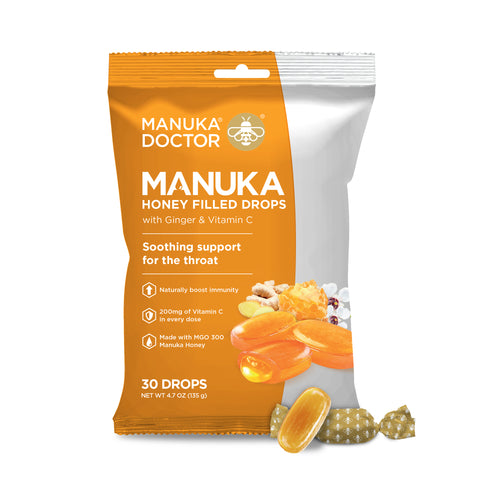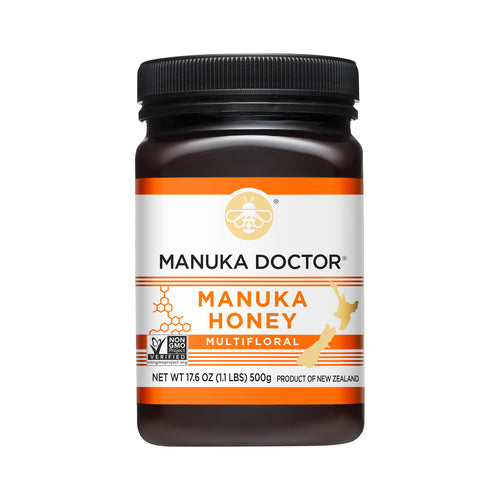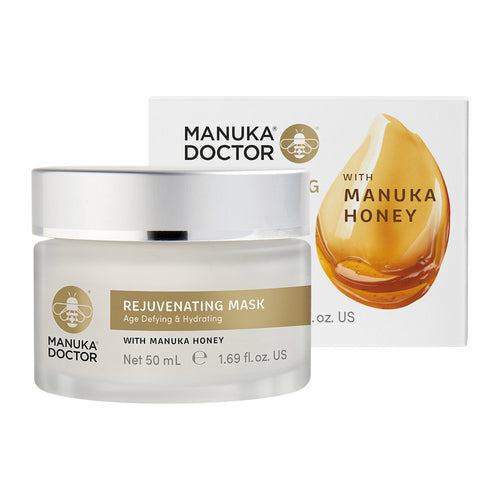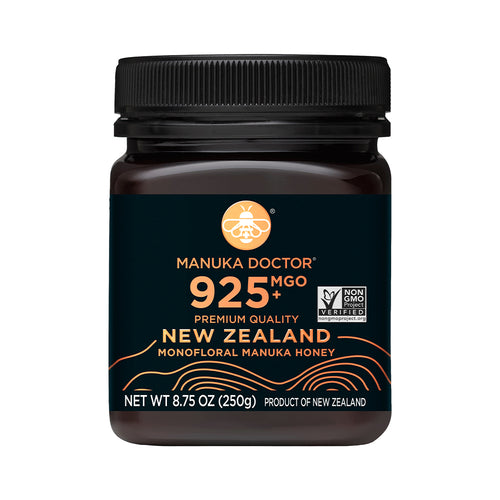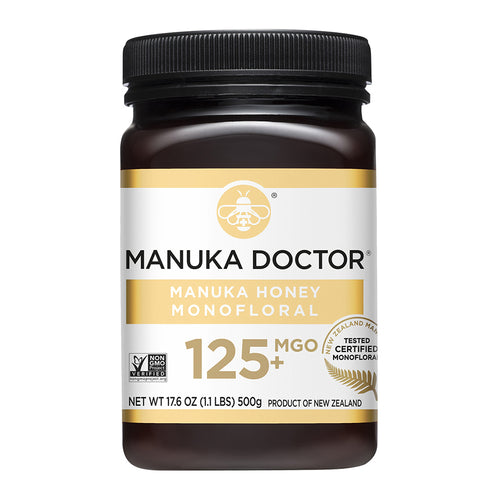Read Time: 2 minutes
Summary:
The MGO number on a jar of Manuka honey is more than just a label—it’s a clear indicator of its natural antibacterial power. MGO, or methylglyoxal, is the key compound that sets Manuka apart from regular honey, with higher levels offering greater wellness benefits. From daily support to immune-boosting strength, the MGO rating helps guide the right choice for every need. Thanks to both traditional wisdom and modern science, Manuka honey continues to earn its place as a natural health essential.
Unlocking Manuka's Magic: The Role of MGO
You are probably wondering what is this MGO number you see so prominently displayed on the jar.
It is the “powerful something” behind the naturally occurring beneficial antibacterial qualities that can be found in Manuka honey. Essentially, these numbers show the strength and potency of the delicious product you can add to your daily routine like I do.
MGO stands for methylglyoxal and it is the chemical compound, naturally formed in manuka honey that causes many of the beneficial wellbeeing® effects.1
Manuka is highly scientifically researched. Most literature points to the potential importance of honey for medicinal purposes. The research data confirms that Manuka honey's antibacterial activity, in comparison to non-Manuka honey, is due to a higher phenolic and methylglyoxal (MGO) content.
How do we know what MGO rating each jar of honey has?
The MGO rating is established through a scientific chemical analysis which looks at three different chemicals present in the honey. The results tell us the activity level of the honey.
The MGO ratings that you see on the honey pot label shows how much methylglyoxal is present in 1 kg of the product. For example, a rating of MGO 525+ means there is 525mg per 1kg in the honey.
The numbers on the pot vary between batches of manuka honey. Like most things that are harvested in nature, it depends on where it is grown, the temperature of the soil, what the bee harvests, what pollen is being collected, etc. This is where a numbering classification comes in handy – to help you choose the right jar of honey for you.

What strength of Manuka honey is the best?
There is no exact answer to this question. It depends on your purpose of using Manuka honey.
For Daily Use I would use a Multifloral Manuka MGO30 to 80 as a natural choice for everyday wellness support.
For Daily Boost to support total wellness maintenance I would use a mid range strength between MGO 125 to MGO525.
Then for when you really need it; a maximum boost to support immunity and digestion you should opt for a Max Strength Manuka honey with a MGO of greater than 625+.
Manuka honey can be safely used as an alternative natural antibiotic, skin soothing and moisturizing – reducing the appearance of fine lines, used for healthy gut, coughs, sore throat and so much more - we now know that it is the MGO is the ‘wow factor’ in manuka honey. You don’t need to take my word for it, in 2006, Professor Thomas Henle discovered that extraordinarily high concentrations of naturally occurring methylglyoxal was what made Manuka honey unique.
Either way, you can’t go wrong with the hundreds of years of wisdom and now new science that shows the way to not only enjoy Manuka but to use it to help keep ourselves healthy.
Sources:
Grainger M, Owens A, Manley-Harris M, et al. Kinetics of conversion of dihydroxyacetone to methylglyoxal in New Zealand mānuka honey: Part IV – Formation of HMF. Food Chemistry. 2017;232:648-655. https://doi.org/10.1016/j.foodchem.2017.04.066
AIMS Microbiol. 2018; 4(4): 655–664.Published online 2018 Nov 27. doi: 10.3934/microbiol.2018.4.655
https://pubmed.ncbi.nlm.nih.gov/31294240/
https://pubmed.ncbi.nlm.nih.gov/28234328/
